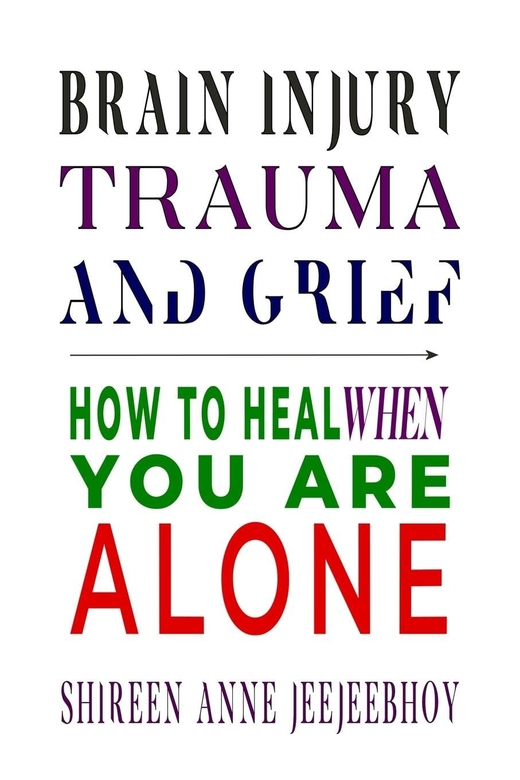
Approaching the cognitive isolation, physical impairment, and emotional struggles brought on by neuronal damage, Brain Injury, Trauma, and Grief: How to Heal When You Are Alone by Shireen Anne Jeejeebhoy is an accessible and eye-opening read for patients, caretakers, and anyone else whose lives have been touched by this tragedy.
Jeejeebhoy begins by easing readers into the concept of brain injury, explaining the unusual nature of this bodily trauma in scientific yet understandable terms. From the vicious cycle of cascading injury brought on by the body’s diligent defense forces to the slow process of re-programming brain cells, the chapters that follow are intuitively laid out, making it impactful for patients at any stage of the recovery journey. The five major Steps offer a broad arc of the healing process, but she acknowledges that each case is different, and rejects the idea of a linear progression for all.
While there are many books about the long road of recovery from brain injuries, many focus exclusively on the practical and clinical side of that effort. Jeejeebhoy addresses the more nuanced, abstract, and intimate side of healing, for a comprehensive, compassionate, and truly holistic guide. The need to grieve one’s previous life after suffering a traumatic brain injury, for example, is often relegated to the realm of psychiatrists or therapists, but the real-time philosophical implications of such a process are critical.
Instead of focusing solely on the body, Jeejeebhoy urges people to reassess the bonds they share with others, analyze the types of relationships they form (and why), and regularly conduct emotional inventories. Feelings of alienation and loneliness are ubiquitous for TBI patients, yet they are frequently overlooked in the face of somatic examinations and judgments. Tools like the Pyramid Hierarchy of Relationships may not be relevant for every patient, but it stands out as one of the many original lenses through which readers can learn.
Unlike other healing guides that may urge desperate patients into unhealthy or unvetted therapies, Jeejeebhoy is clear about the value of established medical and treatment protocols. That said, she also supports a range of complementary strategies, namely neurostimulation and neuromodulation therapies. Touching on both practical and personal tools, from journaling and deep breathing to gardening, artistic pursuits, and customized coping mechanisms, there is an entire universe of useful suggestions offered throughout the book.
The inclusion of anecdotal elements from Jeejeebhoy’s own life gives this book an intimate feel, but these personal bursts are typically brief, and always tied to a new piece of valuable advice. Sections like “A Chance Encounter” in Chapter 12 are cathartic and warm, and give real insight into the heart and mind behind this book. There are also frequent mentions of the author’s personal relationship to faith and God, but she is refreshingly clear about respecting all views and recognizing our interconnectedness, regardless of belief systems.
While the language occasionally slips into traditional self-help rhetoric, the generally informal style of writing is both conversational and unassuming, without being judgmental. This book doesn’t sugarcoat the struggles and pain of brain injury, but it also avoids pessimism or the idea that any problem cannot have a solution. Executed with grace, compassion, wit, and vulnerability, this is an innovative and potentially life-changing read.
Book Links
STAR RATING
Design
Content
Editing
Get an Editorial Review | Get Amazon Sales & Reviews | Get Edited | Publish Your Book | Enter the SPR Book Awards | Other Marketing Services























Leave A Comment